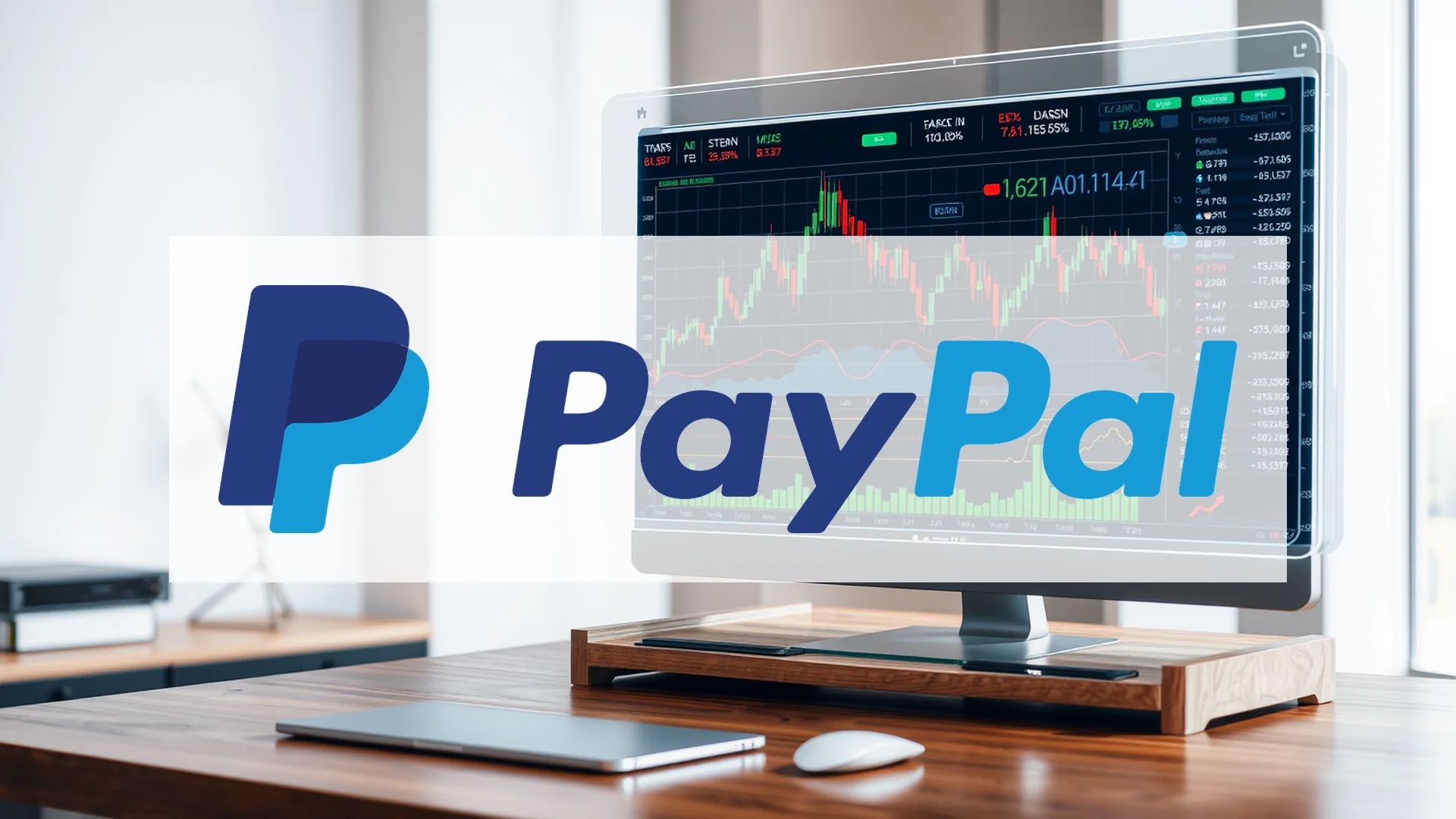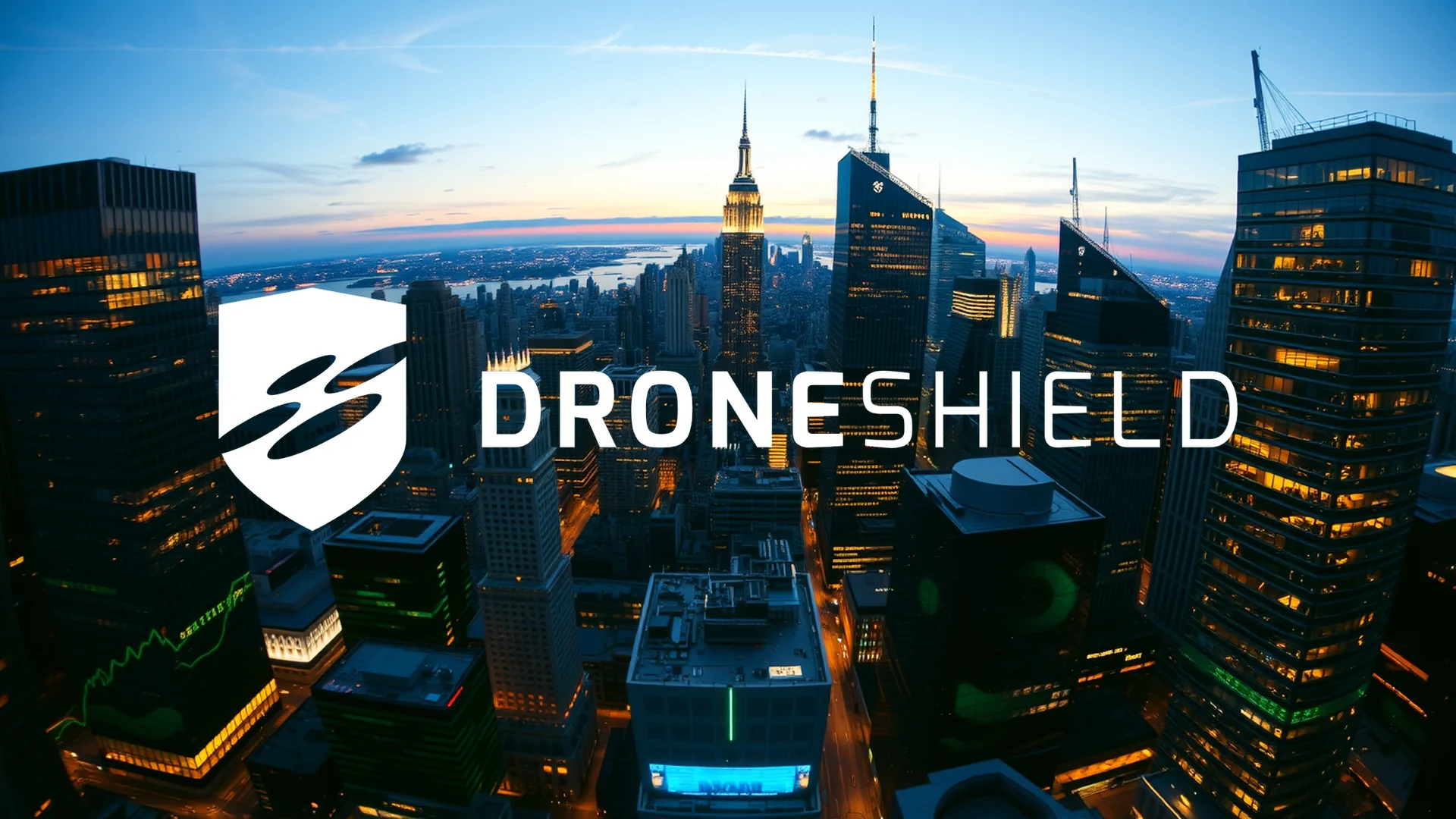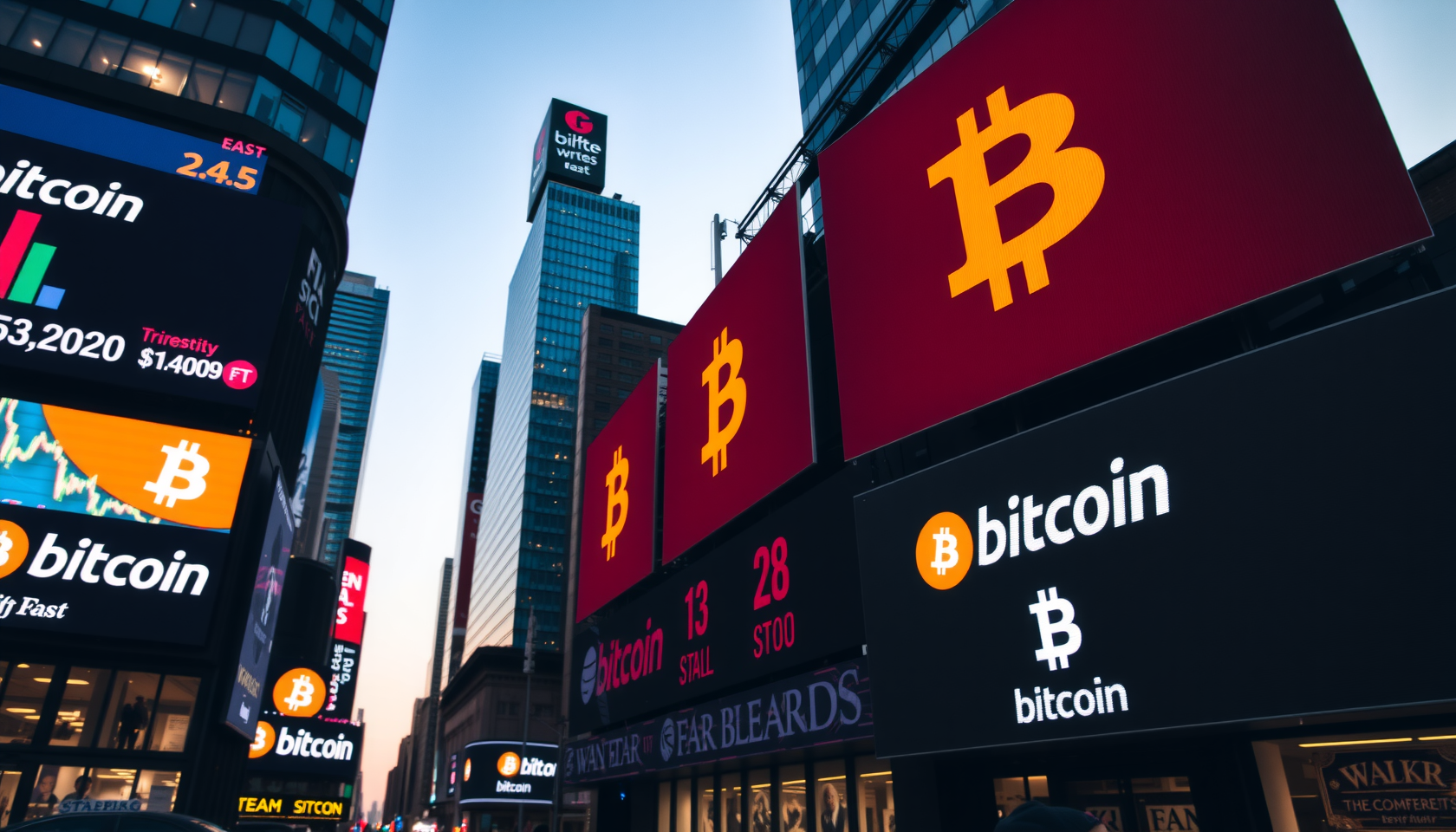Intel finds itself at the center of a remarkable financial and strategic realignment, potentially signaling a profound turnaround for the semiconductor giant. A series of high-stakes maneuvers involving major investors and government support are reshaping the company’s future trajectory.
Market Confidence and Valuation Surge
The financial markets have responded with unprecedented enthusiasm to these developments. During August alone, Intel’s market capitalization surged by approximately $24 billion, reaching valuation levels not witnessed since the dot-com bubble of the early 2000s. The company currently trades at 53 times its expected earnings—a remarkable show of market confidence that appears to discount the ongoing profitability challenges the chipmaker continues to face.
SoftBank’s Major Endorsement
In a significant vote of confidence, Japanese technology investor SoftBank Group has committed to a substantial $2 billion investment in Intel. The transaction, which involves SoftBank acquiring shares at $23 each, provides the semiconductor manufacturer with not just crucial capital infusion but perhaps more importantly, a powerful endorsement from a globally respected technology investor. This move signals strong belief in Intel’s potential recovery and the future of U.S.-based semiconductor manufacturing capabilities.
Should investors sell immediately? Or is it worth buying Intel?
Unprecedented Government Support
Beyond private investment, even more substantial support may be forthcoming from official channels. Behind-the-scenes discussions indicate the U.S. government is considering acquiring up to a 10 percent stake in Intel. This unprecedented intervention would involve converting previously awarded subsidies under the CHIPS and Science Act into direct equity ownership. Such a move would underscore the strategic national importance placed on maintaining domestic chip production capabilities and represents a potentially transformative level of government backing.
Strategic Pivot and New Revenue Streams
Concurrent with these financial developments, Intel is executing a notable strategic shift. Moving away from its traditional reliance on pure in-house production, the corporation has begun licensing its advanced semiconductor glass substrate technology to external partners. This strategic pivot could potentially accelerate industry-wide innovation while simultaneously opening completely new revenue streams for the company.
The critical question remains whether Intel can successfully leverage these extraordinary financial and strategic developments to achieve a sustained recovery after years of competitive pressure and operational challenges.
Ad
Intel Stock: Buy or Sell?! New Intel Analysis from November 22 delivers the answer:
The latest Intel figures speak for themselves: Urgent action needed for Intel investors. Is it worth buying or should you sell? Find out what to do now in the current free analysis from November 22.
Intel: Buy or sell? Read more here...













